-
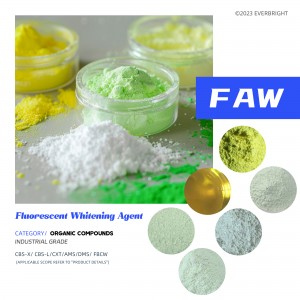
Fluorescent Whitening Agent (FWA)
It is a compound with a very high quantum efficiency, in the order of 1 million to 100,000 parts, which can effectively whiten natural or white substrates (such as textiles, paper, plastics, coatings). It can absorb the violet light with a wavelength of 340-380nm and emit blue light with a wavelength of 400-450nm, which can effectively make up for the yellowing caused by the blue light defect of white materials. It can improve the whiteness and brightness of the white material. The fluorescent whitening agent itself is colorless or light yellow (green) color, and is widely used in papermaking, textile, synthetic detergent, plastics, coatings and other industries at home and abroad. There are 15 basic structural types and nearly 400 chemical structures of fluorescent whitening agents that have been industrialized.
-
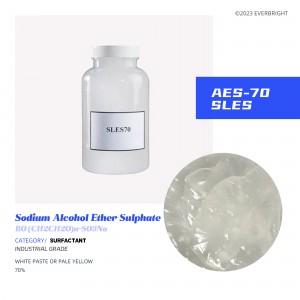
AES-70 / AE2S / SLES
AES is easily soluble in water, with excellent decontamination, wetting, emulsification, dispersion and foaming properties, good thickening effect, good compatibility, good biodegradation performance (degradation degree up to 99%), mild washing performance will not damage the skin, low irritation to the skin and eyes, is an excellent anionic surfactant.
-
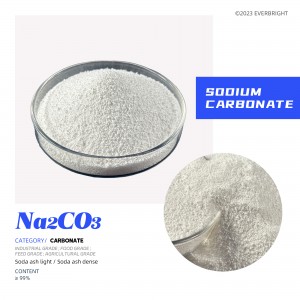
Sodium Carbonate
Inorganic compound soda ash, but classified as salt, not alkali. Sodium carbonate is a white powder, tasteless and odorless, easily soluble in water, aqueous solution is strongly alkaline, in humid air will absorb moisture clumps, part of the sodium bicarbonate. The preparation of sodium carbonate includes the joint alkali process, the ammonia alkali process, the Lubran process, etc., and it can also be processed and refined by trona.
-
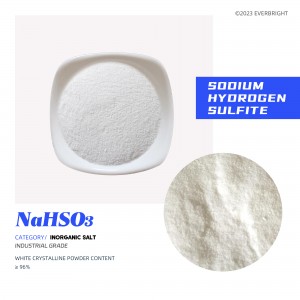
Sodium Hydrogen Sulfite
In fact, sodium bisulfite is not a true compound, but a mixture of salts that, when dissolved in water, produces a solution composed of sodium ions and sodium bisulfite ions. It comes in the form of white or yellow-white crystals with an odor of sulfur dioxide.
-

Aluminium sulfate
It can be used as flocculant in water treatment, retention agent in foam fire extinguisher, raw material for making alum and aluminum white, raw material for oil decolorization, deodorant and medicine, etc. In paper industry, it can be used as precipitating agent for rosin gum, wax emulsion and other rubber materials, and can also be used to make artificial gems and high-grade ammonium alum.
-
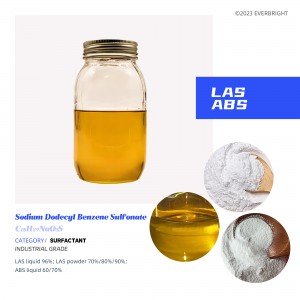
Sodium Dodecyl Benzene Sulfonate (SDBS/LAS/ABS)
It is a commonly used anionic surfactant, which is a white or light yellow powder/flake solid or brown viscous liquid, difficult to volatilization, easy to dissolve in water, with branched chain structure (ABS) and straight chain structure (LAS), the branched chain structure is small in biodegradability, will cause pollution to the environment, and the straight chain structure is easy to biodegrade, the biodegradability can be greater than 90%, and the degree of environmental pollution is small.
-

Sodium Sulfate
Sodium sulfate is sulfate and sodium ion synthesis of salt, sodium sulfate soluble in water, its solution is mostly neutral, soluble in glycerol but not soluble in ethanol. Inorganic compounds, high purity, fine particles of anhydrous matter called sodium powder. White, odorless, bitter, hygroscopic. The shape is colorless, transparent, large crystals or small granular crystals. Sodium sulfate is easy to absorb water when exposed to air, resulting in sodium sulfate decahydrate, also known as glauborite, which is alkaline.
-
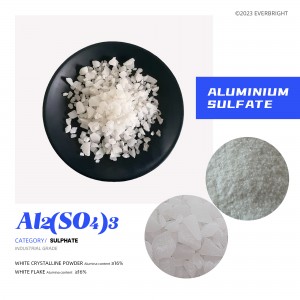
Aluminium Sulfate
Aluminum sulfate is a colorless or white crystalline powder/powder with hygroscopic properties. Aluminum sulfate is very acidic and can react with alkali to form the corresponding salt and water. The aqueous solution of aluminum sulfate is acidic and can precipitate aluminum hydroxide. Aluminum sulfate is a strong coagulant that can be used in water treatment, paper making and tanning industries.
-
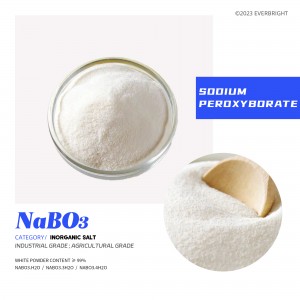
Sodium Peroxyborate
Sodium perborate is an inorganic compound, white granular powder. Soluble in acid, alkali and glycerin, slightly soluble in water, mainly used as oxidant, disinfectant, fungicide, mordant, deodorant, plating solution additives, etc. Mainly used as oxidant, disinfectant, fungicide, mordant, deodorant, plating solution additive and so on.
-
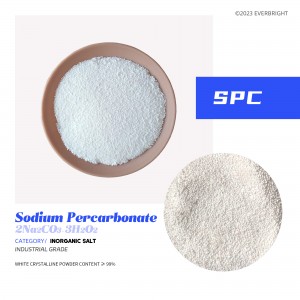
Sodium Percarbonate(SPC)
Sodium percarbonate appearance is white, loose, good fluidity granular or powdery solid, odorless, easily soluble in water, also known as sodium bicarbonate. A solid powder. It is hygroscopic. Stable when dry. It slowly breaks down in the air to form carbon dioxide and oxygen. It quickly breaks down into sodium bicarbonate and oxygen in water. It decomposes in dilute sulfuric acid to produce quantifiable hydrogen peroxide. It can be prepared by the reaction of sodium carbonate and hydrogen peroxide. Used as an oxidizing agent.
-

4A Zeolite
It is a natural alumino-silicic acid, salt ore in the burning, due to the water inside the crystal is driven out, producing a phenomenon similar to bubbling and boiling, which is called “boiling stone” in image, referred to as “zeolite”, used as a phosphate-free detergent auxiliary, instead of sodium tripolyphosphate; In the petroleum and other industries, it is used as a drying, dehydration and purification of gases and liquids, and also as a catalyst and water softener.
-
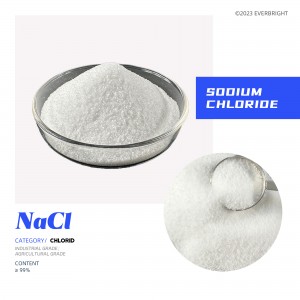
Sodium Chloride
Its source is mainly seawater, which is the main component of salt. Soluble in water, glycerin, slightly soluble in ethanol (alcohol), liquid ammonia; Insoluble in concentrated hydrochloric acid. Impure sodium chloride is deliquescent in air. The stability is relatively good, its aqueous solution is neutral, and the industry generally uses the method of electrolytic saturated sodium chloride solution to produce hydrogen, chlorine and caustic soda (sodium hydroxide) and other chemical products (generally known as chlor-alkali industry) can also be used for ore smelting (electrolytic molten sodium chloride crystals to produce active sodium metal).







